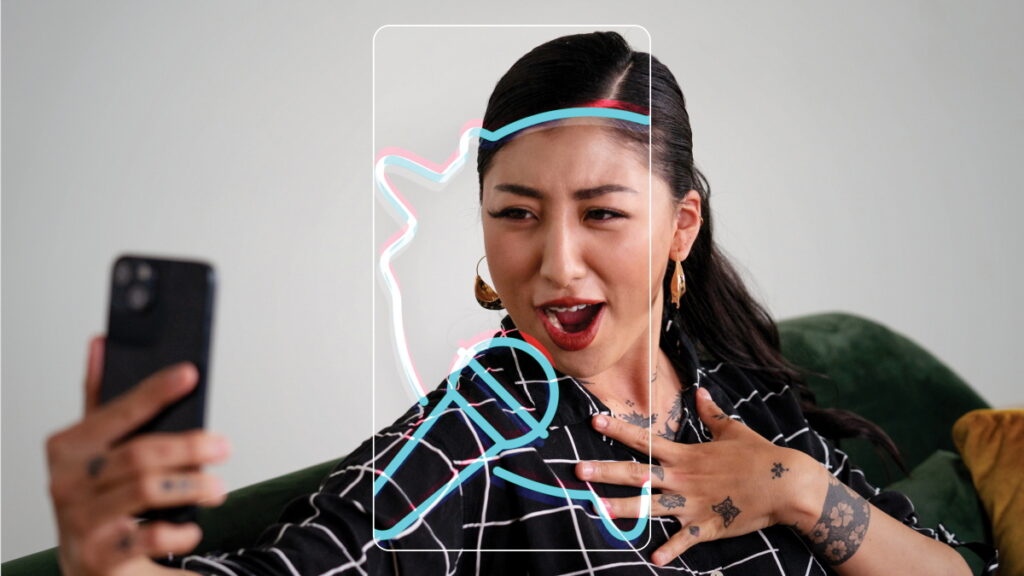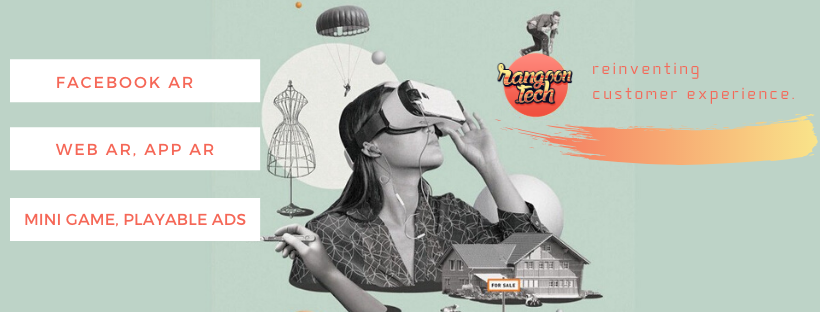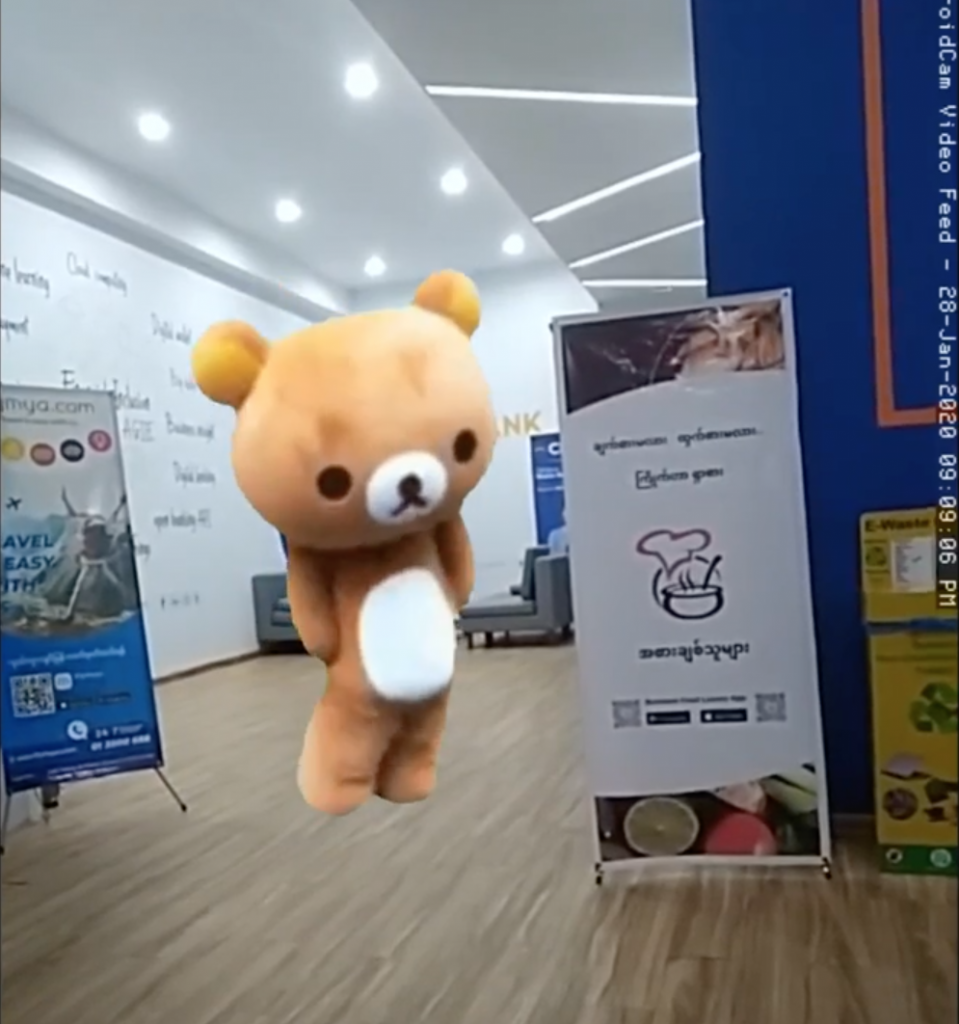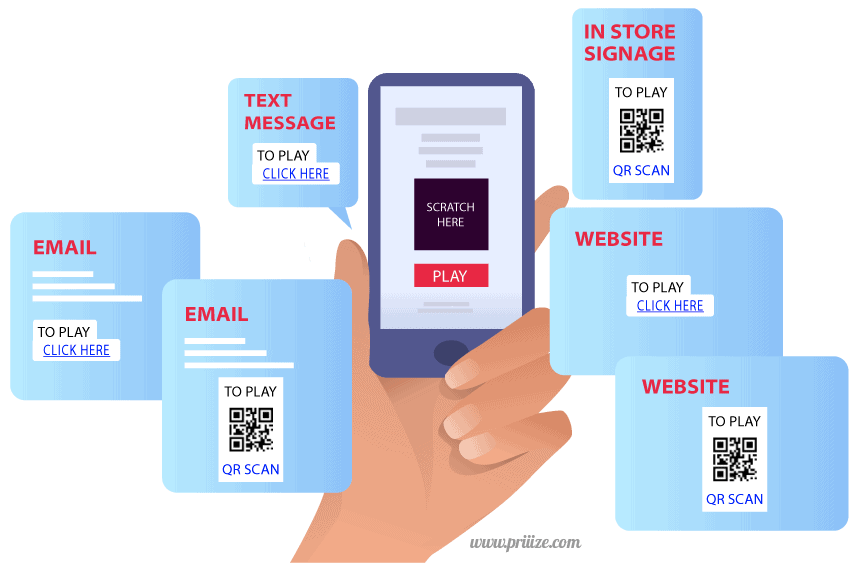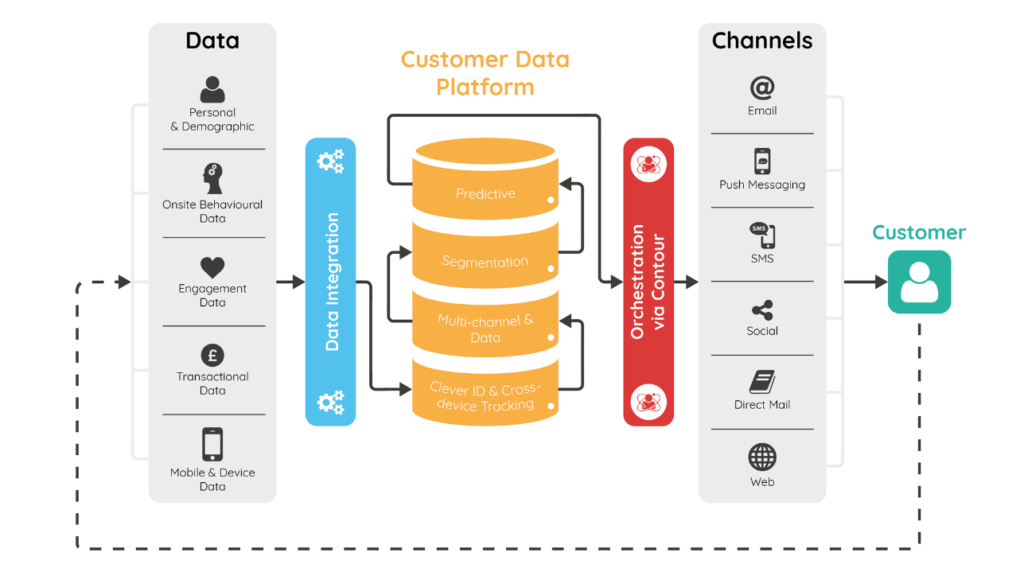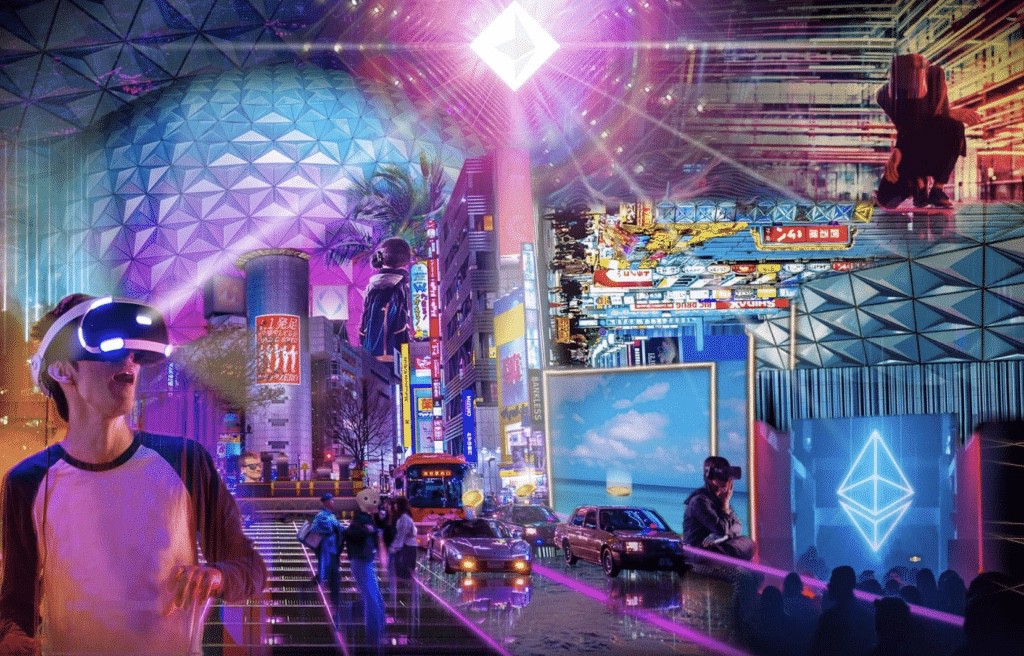Interactive marketing campaigns are marketing initiatives that engage customers through interactive experiences, such as quizzes, games, surveys, and social media contests. The goal of interactive marketing campaigns is to create a more personalized and engaging experience for the target audience, leading to increased brand awareness, customer engagement, and sales.
Interactive marketing campaigns can be implemented through various channels, including social media, email marketing, and targeted advertising. They are often designed to be fun, educational, and relevant to the target audience, and they encourage customers to participate by offering incentives, such as discounts, exclusive access to new products, or the chance to win prizes.
Interactive Marketing Campaigns can roughly be divided into 2 types: Photo Contests and Video Reel Contests, which are usually run using AR filters, and Gamification campaigns, which are typically run using AR games and Browser games. In addition to regular always-on communication campaigns, unique campaigns using these interactive tools started running more during covid-19, when physical brand activations were not possible.
Interactive Marketing Campaigns are mainly run for the middle and lower part of the marketing funnel, and the objectives are to engage with the audience and build a relationship at the consideration stage and to increase sales at the conversion stage.
In the campaign run to engage the audience at the consideration stage, participants can play Games and AR filters, and the resulting photos, videos and scores are asked to share on social media as User-generated Content which leads to increased brand exposure and reach. In these engagement campaigns, Brands can add a form to collect valuable data about their target audience and market insights, which can be used to refine marketing strategies and make more informed decisions.
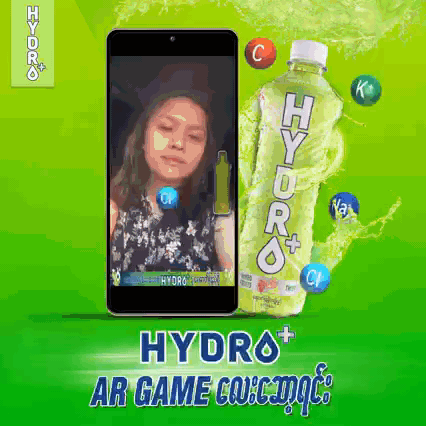
Customers need to purchase the product first to participate in campaigns aimed at increasing the conversion rate and driving more sales. They can enjoy an AR and Gamified experience made exclusively for them by scanning products with AR or activating the browser game through a QR code embedded in product packaging and then share this experience on social media to participate in the campaign. In this way, customers can not only get Branded AR and Gamified experience but also win rewards for participating in the campaign. For brands, both a lot of sales and user-generated content are increased.
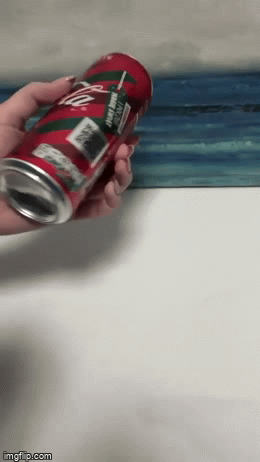
Here are some steps for running an interactive marketing campaign:
- Identify your target audience: Determine whom you want to reach with your campaign and what their interests and needs are.
- Choose the right platform: Select the platform that will allow you to reach your target audience and provide the best experience for them.
- Develop a compelling concept: Create an engaging and interactive concept that will grab the attention of your target audience.
- Create engaging content: Develop content that is visually appealing and easy to understand.
- Offer incentives: Consider offering incentives, such as discounts or exclusive access to new products, to encourage participation in your campaign.
- Promote your campaign: Promote your campaign through multiple channels, including social media, email marketing, and targeted advertising.
- Measure and analyze results: Use analytics to track the success of your campaign and make any necessary adjustments to improve future campaigns.
Hope this blog post helps you to understand what interactive marketing campaigns are and how can we run those campaigns. You can also explore case studies about interactive marketing campaigns via this link. https://rangoon.tech/case-studies/

